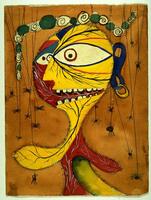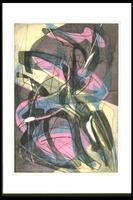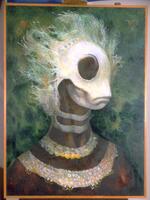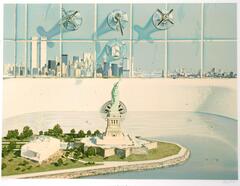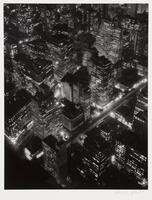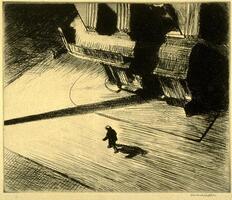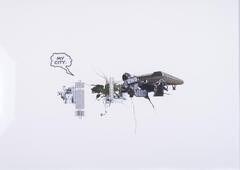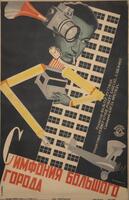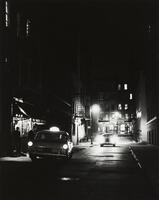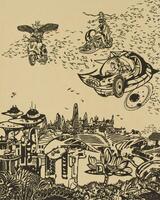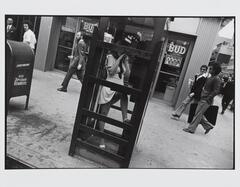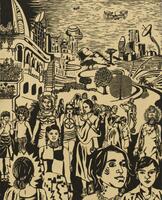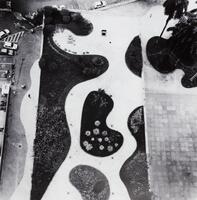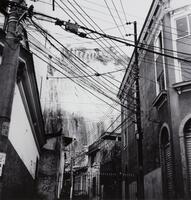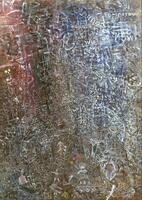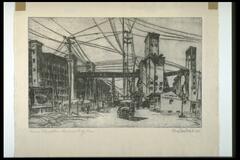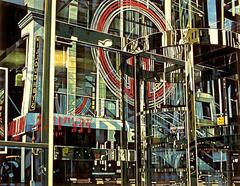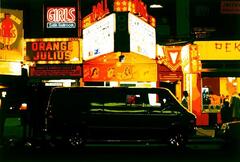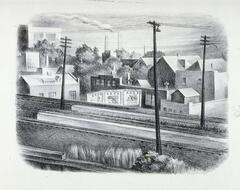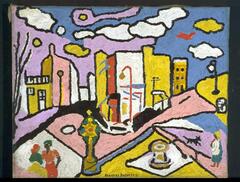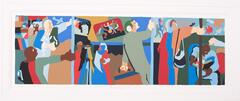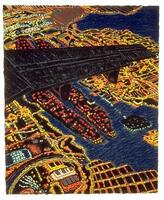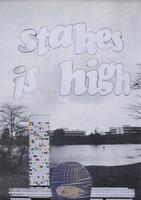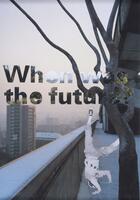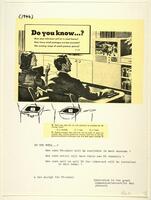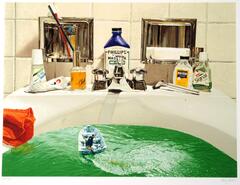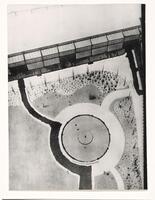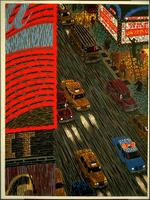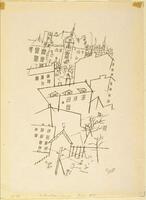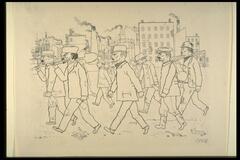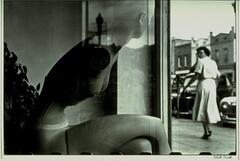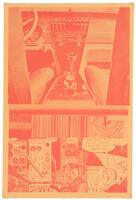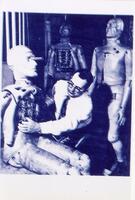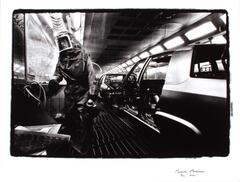If you are unable to come to UMMA in person due to illness, quarantine, etc., you can choose a work from this set of surrealist and surrealist-adjacent pieces from the UMMA collection.
59 Items in this Learning Collection
Collection Object
Collection Object
Collection Object
Collection Object
Collection Object
Collection Object
Collection Object
Collection Object
Collection Object
Collection Object
Collection Object
Collection Object
Collection Object
Collection Object
Collection Object
Collection Object
Collection Object
Collection Object
Collection Object
Collection Object
Collection Object
Collection Object
Collection Object
Collection Object
Collection Object
Collection Object
Collection Object
Collection Object
Collection Object
Collection Object
Collection Object
Collection Object
Collection Object
Collection Object
Collection Object
Collection Object
Collection Object
Collection Object
Collection Object
Collection Object
Collection Object
Collection Object
Collection Object
Collection Object
Collection Object
Collection Object
Collection Object
Collection Object
Collection Object
Collection Object
Collection Object
Copyright
All Rights Reserved
()
Bounded on the West by the Land Under Water
Accession Number
1963/2.1
Title
Bounded on the West by the Land Under Water
Artist(s)
Kay Sage
Object Creation Date
1946
Medium & Support
oil on canvas
Dimensions
28 1/8 x 35 7/8 in. (71.4 x 91 cm);29 5/16 x 37 x 1 13/16 in. (74.3 x 93.98 x 4.5 cm);28 1/8 x 35 7/8 in. (71.4 x 91 cm)
Credit Line
Gift of the Estate of Kay Sage Tanguy
Label copy
March 28, 2009
Deep, lonely, dramatically shadowed wastelands, devoid of human beings, were Sage’s perennial subjects. In Bounded on the West by the Land under Water, four spare structures rise at different angles from the landscape, crowded together as if a crystalline growth, looming over a vast and empty landscape. The sharp edges of the forms, mysterious light, and almost invisible brushwork suggest the melancholy, isolation, and desolateness of industrial sites. The sense of foreboding is amplified by the lack of relationship between the title and what is portrayed, a practice borrowed from Surrealism.
This canvas marks the first appearance of the painter’s scaffolding motif, which she went on to explore almost obsessively. Scholars pondering the lonely intensity of her paintings have offered explanations for the mysterious structures they feature. Some argue they are rooted in a traumatic memory of ruined mansions she saw as a child in the San Francisco earthquake of 1908; others say they resulted from a psychic vision of collapsing buildings and burning scaffolding she reported having one night in Italy in the early 1930s.
Subject matter
An expansive, lonely, empty space is occupied only by the spare presence of scaffolds and buildings whose physical structures do not quite make logical sense. The image expresses the melancholy, desolateness, and crazy logic potential in human-made landscapes, like industrial sites and cities.
Physical Description
Four spare industrial structures rise at different angles into an empty landscape. On the viewer's right, a scaffolding rises from the lower corner and angles to the left. On the left, another scaffold structure runs from the bottom corner along the left edge. In the middle, a building-like structure rises from the bottom of the composition and leans into the visual space, resting on a long rectangular solid that is draped with a cloth.
Primary Object Classification
Painting
Primary Object Type
cityscape
Additional Object Classification(s)
Painting
Collection Area
Modern and Contemporary
Rights
If you are interested in using an image for a publication, please visit http://umma.umich.edu/request-image for more information and to fill out the online Image Rights and Reproductions Request Form.
Keywords
Landscapes
Surrealism
Surrealist
abstraction
industrial buildings
industrial complexes
industrial landscapes
modern and contemporary art
oil painting (technique)
scaffolds
tower
towers (single built works)
water
1963/2.1
Title
Bounded on the West by the Land Under Water
Artist(s)
Kay Sage
Object Creation Date
1946
Medium & Support
oil on canvas
Dimensions
28 1/8 x 35 7/8 in. (71.4 x 91 cm);29 5/16 x 37 x 1 13/16 in. (74.3 x 93.98 x 4.5 cm);28 1/8 x 35 7/8 in. (71.4 x 91 cm)
Credit Line
Gift of the Estate of Kay Sage Tanguy
Label copy
March 28, 2009
Deep, lonely, dramatically shadowed wastelands, devoid of human beings, were Sage’s perennial subjects. In Bounded on the West by the Land under Water, four spare structures rise at different angles from the landscape, crowded together as if a crystalline growth, looming over a vast and empty landscape. The sharp edges of the forms, mysterious light, and almost invisible brushwork suggest the melancholy, isolation, and desolateness of industrial sites. The sense of foreboding is amplified by the lack of relationship between the title and what is portrayed, a practice borrowed from Surrealism.
This canvas marks the first appearance of the painter’s scaffolding motif, which she went on to explore almost obsessively. Scholars pondering the lonely intensity of her paintings have offered explanations for the mysterious structures they feature. Some argue they are rooted in a traumatic memory of ruined mansions she saw as a child in the San Francisco earthquake of 1908; others say they resulted from a psychic vision of collapsing buildings and burning scaffolding she reported having one night in Italy in the early 1930s.
Subject matter
An expansive, lonely, empty space is occupied only by the spare presence of scaffolds and buildings whose physical structures do not quite make logical sense. The image expresses the melancholy, desolateness, and crazy logic potential in human-made landscapes, like industrial sites and cities.
Physical Description
Four spare industrial structures rise at different angles into an empty landscape. On the viewer's right, a scaffolding rises from the lower corner and angles to the left. On the left, another scaffold structure runs from the bottom corner along the left edge. In the middle, a building-like structure rises from the bottom of the composition and leans into the visual space, resting on a long rectangular solid that is draped with a cloth.
Primary Object Classification
Painting
Primary Object Type
cityscape
Additional Object Classification(s)
Painting
Collection Area
Modern and Contemporary
Rights
If you are interested in using an image for a publication, please visit http://umma.umich.edu/request-image for more information and to fill out the online Image Rights and Reproductions Request Form.
Keywords
Landscapes
Surrealism
Surrealist
abstraction
industrial buildings
industrial complexes
industrial landscapes
modern and contemporary art
oil painting (technique)
scaffolds
tower
towers (single built works)
water
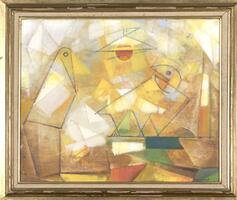
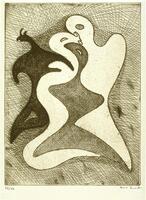
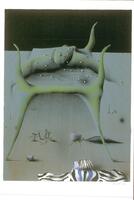
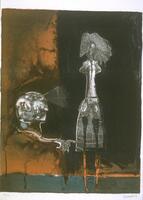

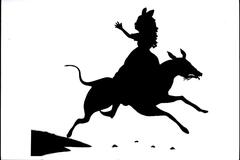

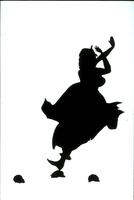

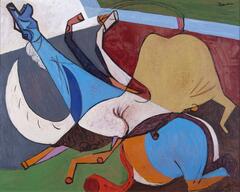
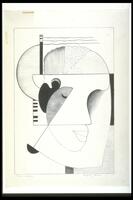
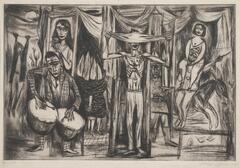

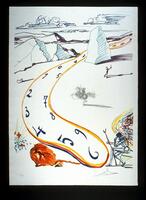
![In this mixed-media print, there is a white background with black outlines of facial features, lips and an eye, and a creature in the bottom left. In the upper left corner there is a rectanglular sheet in cream layered on top; a wavy vertical design stretches diagonally from the top of the rectangle to the bottom in yellow, red, and blue. Within this sheet, there are small figures at the center left drawn in black. To the right in the sheet, there is a collaged image of one of the artist's paintings, incorporated into a cube. Above, there are drawn birds. There is a small mechanical-like figure on the sheet at the bottom left. At the center of the print, in the cream page, the artist signed "Dali" and dated the print "1975. To the bottom left, on the larger white page, there is text inscribed in the plate, mirrored and someone illegible, that possibly reads "Leill Ciclopeer Alucire la bouche Almient tire / Lula [illegible]." The print is number at the lower left in pencil. In this mixed-media print, there is a white background with black outlines of facial features, lips and an eye, and a creature in the bottom left. In the upper left corner there is a rectanglular sheet in cream layered on top; a wavy vertical design stretches diagonally from the top of the rectangle to the bottom in yellow, red, and blue. Within this sheet, there are small figures at the center left drawn in black. To the right in the sheet, there is a collaged image of one of the artist's paintings, incorporated into a cube. Above, there are drawn birds. There is a small mechanical-like figure on the sheet at the bottom left. At the center of the print, in the cream page, the artist signed "Dali" and dated the print "1975. To the bottom left, on the larger white page, there is text inscribed in the plate, mirrored and someone illegible, that possibly reads "Leill Ciclopeer Alucire la bouche Almient tire / Lula [illegible]." The print is number at the lower left in pencil.](/media/W1siZiIsIjIwMjIvMDUvMjUvMWUwenVmM3Nlel9kZWZhdWx0LmpwZyJdLFsicCIsInRodW1iIiwiMjQweDIwMCJdXQ?sha=03c3865ec6fdec9d)
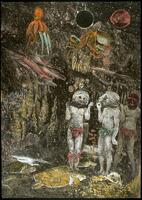
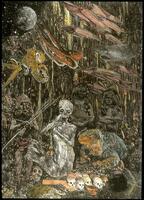
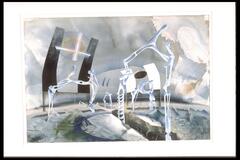
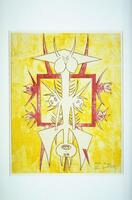

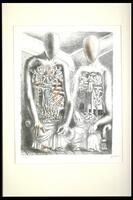

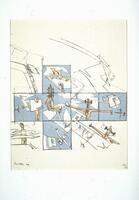
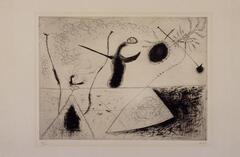
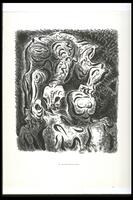
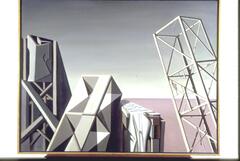

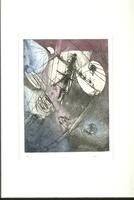


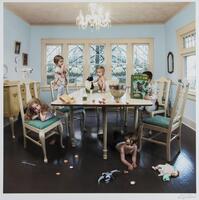
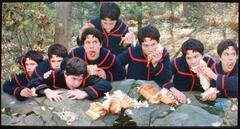
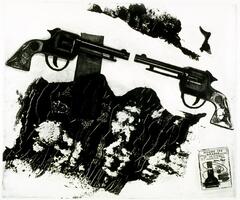
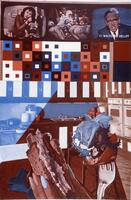
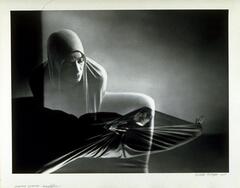
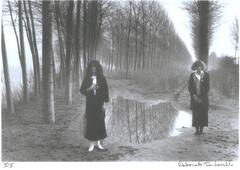

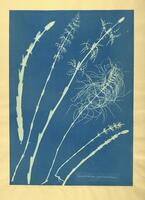
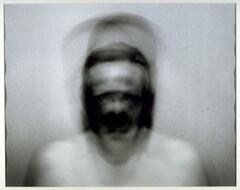
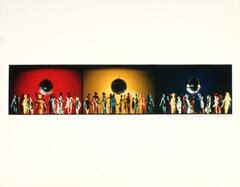


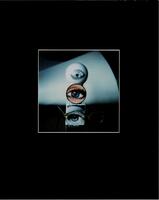

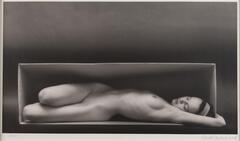
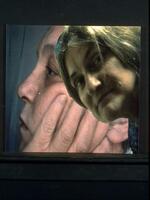
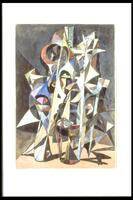
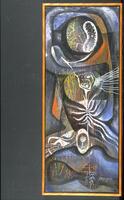
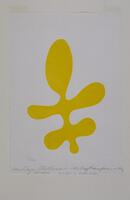

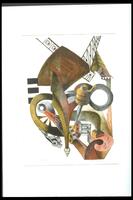
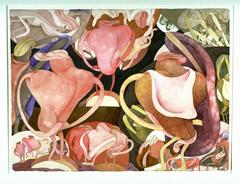
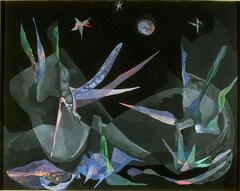

![A clear glass bubble rests on the bowl of a plain white clay pipe. Along the stem of the pipe are the words, "Ce que [sic] manque à nous tous." A clear glass bubble rests on the bowl of a plain white clay pipe. Along the stem of the pipe are the words, "Ce que [sic] manque à nous tous."](/media/W1siZiIsIjIwMjIvMDkvMjQvMmR5MHViN2o5Yl9kZWZhdWx0LmpwZyJdLFsicCIsInRodW1iIiwiMjQweDIwMCJdXQ?sha=e23a50659ff4d560)
